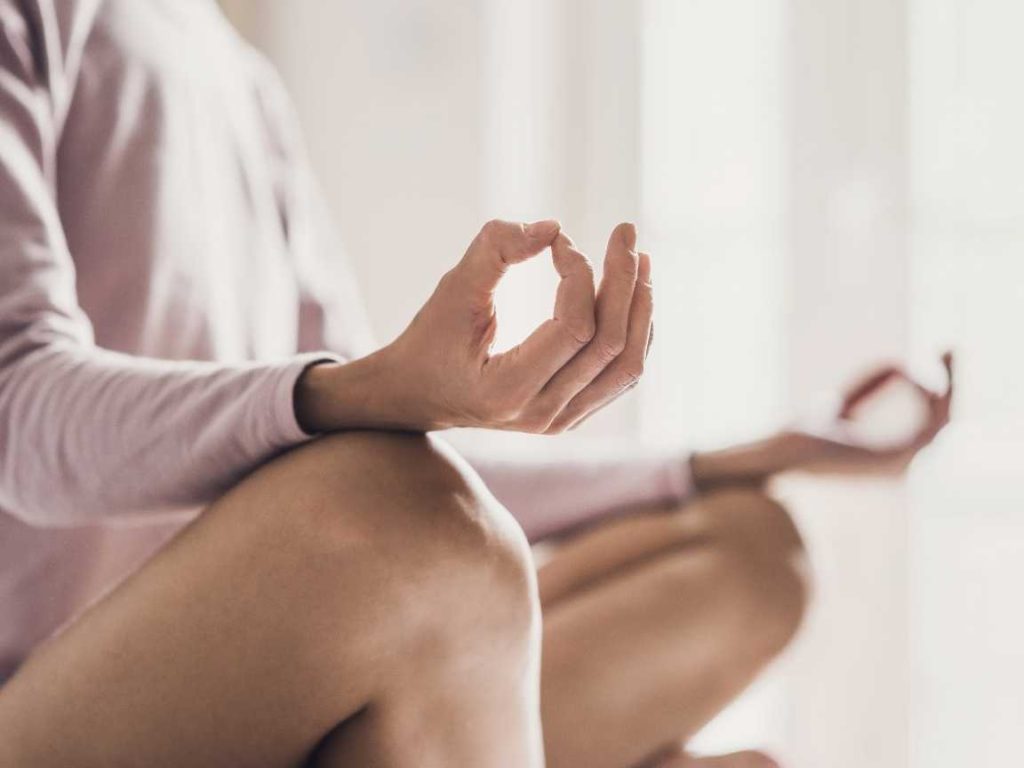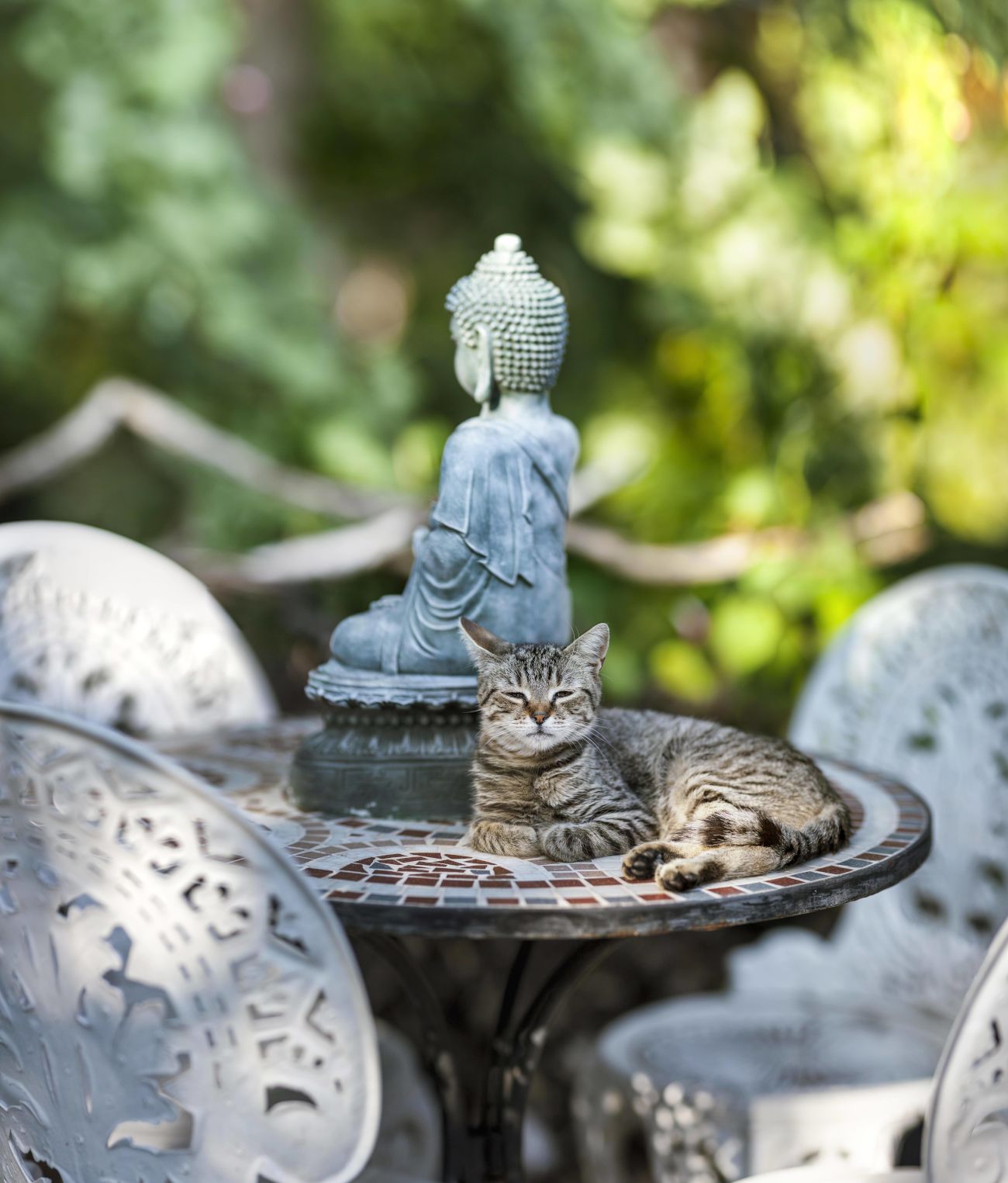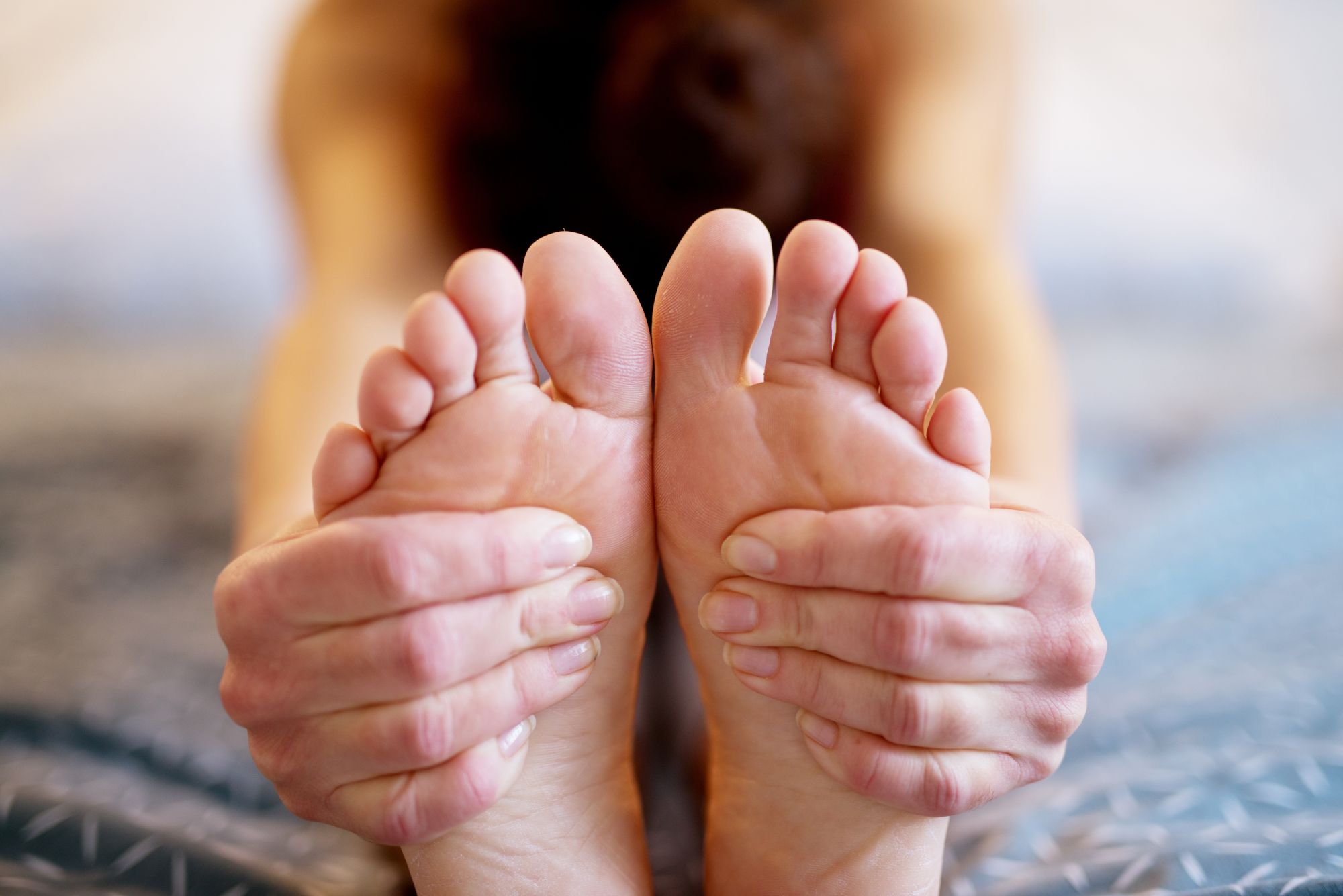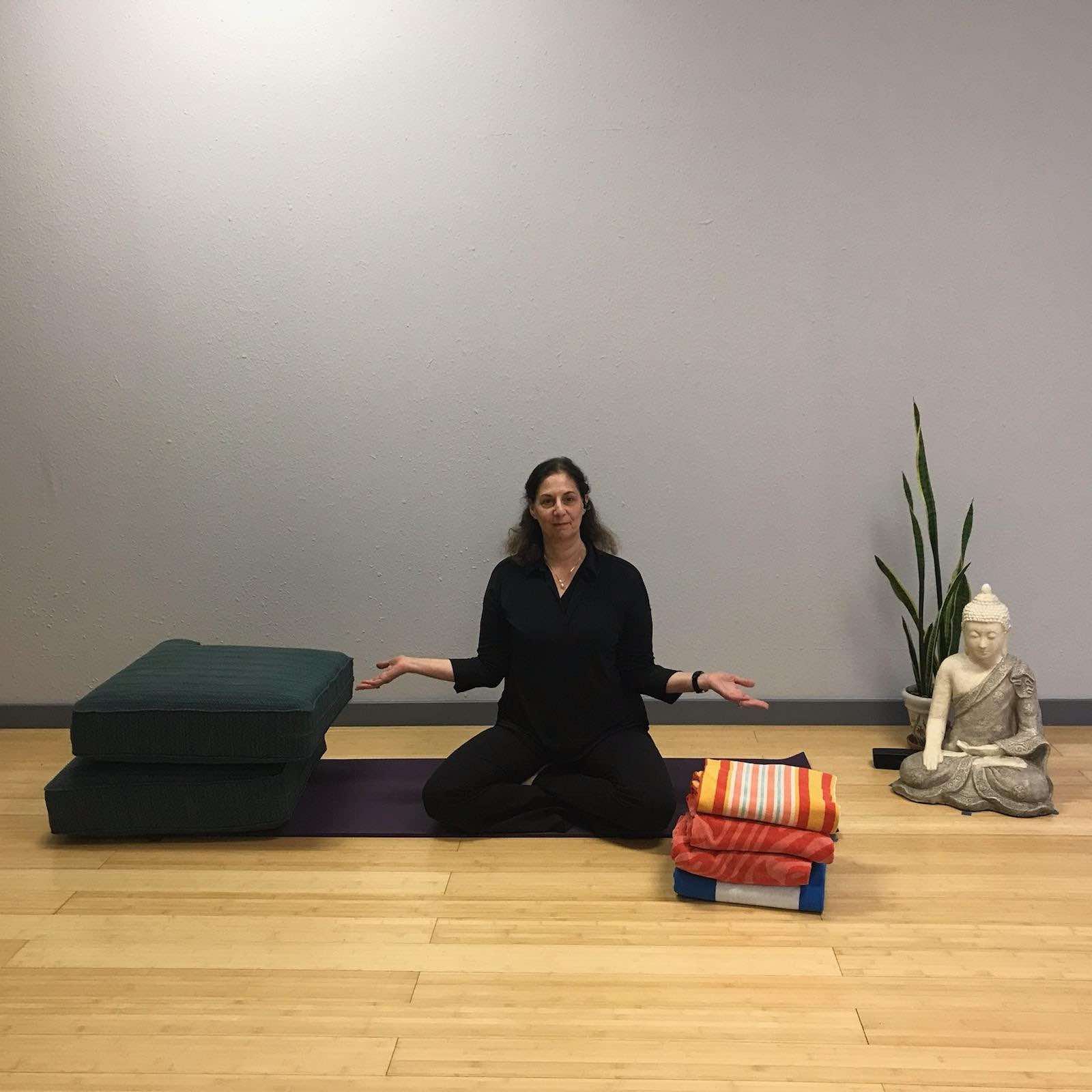I have lived through more days with pain than without it. As an adolescent ballet dancer, I was told there was “good” and “bad” pain – stretching/soreness and injury, respectively. Believing this oversimplified definition of pain set the groundwork for my unhealthy relationship with pain because I then accepted the notion that I would always feel some level of pain. I danced ballet between the ages of eight through 15 and, during that time, I spent countless hours molding and hammering my body to meet an external image; when an internal signal warned me, I chalked it up to “good” pain and ignored the alarm. After years of doing this, I began to regularly injure myself, and, more and more, I found myself unable to dance – or even walk – because of pain. My family history and the medical community explained that my pain had genetic components. By age 15, I had been told so many times that pain was a part of my life that I simply accepted it. Like a child growing up in an abusive household, I learned how to spot the signs of an approaching danger – in my case, a pain flare-up – and I did my best to avoid it through a combination of movement, stillness, heat, ice, electrical stimulation, and over-the-counter medications.
In my 20s and 30s, I gained some insights about my relationship to pain, which I attribute to starting a yoga practice, followed by teaching yoga. In my 40s, I provided yoga therapy to patients in the pain rehabilitation program of a California hospital and learned more about the neurocognitive and social facets of persistent pain. Now that I am in my 50s, I continue to study the emerging science of pain, hoping to mend my complicated relationship with my body, as well as share what I learn with others who are also dealing with pain.
Training a pain-wired body is different than training other bodies
When I try to exercise and stretch in the “normal” way of other people without persistent pain, I am hindered by soreness that turns to injury, and my resting days turn into healing days. Early on, it occurred to me that I have patterns, like deep grooves in an old dirt road, and my body organically finds these patterns, which lead to pain. The “No pain, no gain” training mentality is very harmful for a body wired for pain.
Pain is a signal and a practice
I was on the right track when I realized my body has patterns, but, like so many conclusions about pain, this is an incomplete story. Later in my life, I realized that my brain has patterns as well as my body. Pain is a signal to my brain, like an alarm bell that vaguely identifies an area of potential harm; this signal works well for short-term, acute pain – especially if the area of harm is on the surface of my body where my highly-attuned skin provides reliable feedback. If the area in question is deeper in the body, my detection grows less reliable. If the alarms persist, I have difficulty discerning between a new pain alarm and the memory of an old one. Ignoring the alarms can lead to injury (as it did when I danced), but not every alarm equates to tissue damage.
Learning about pain science is pain therapy
Understanding that not every twinge is catastrophic helps me take a step back and objectively analyze the characteristics of the pain, which helps me discern whether or not to address it. Knowledge builds a path toward agency; the more I understand my pain, then more empowered I feel about it, and that empowerment changes my perception of pain, even if the sensation persists. Conversely, a pain of unknown origin and no method of rehabilitation leaves me feeling powerless, which increases my perception of pain.
Sensing a way out of pain
Most of the patients I saw in the pain rehabilitation program had no prior experience with yoga or any other sort of mindfulness practice. On the contrary, most of them had actively tried to dis-engage from their bodies as a way to cope with the pain. The physical aspects of yoga (asana) that they could safely manage were very limited, and I constantly reminded them to value sensation over form. We focused on inquiry, with me asking them to release perfectionist habits and instead find ways to move and rest that didn’t trigger the pain signals. When seeking out “safe” movement, I asked them to use their resulting breath, body tension, energy, and thoughts to indicate what is healthy, rather than listening to unreliable pain alarms. I saw these patients twice a week for six weeks and witnessed some remarkable transformations, as they shed the burdens of pain. Where there is chronic pain, there is chronic stress and, over time, that erodes the nervous system’s ability to self-regulate, wiring the body for more pain. Learning to regulate my nervous system plays a big role in my persistent pain story. I can use both somatic (sensory) and neurocognitive (imagery) methods to restore regulation in my nervous system to support my body’s healthy response to stimulation.
Feeling a way out of pain
For years, I provided both group and private yoga therapy, and I always noticed that there was something special happening in the group settings. I called it the “magic” of the group dynamic, not really understanding the profound settling and generosity that appeared. Recently, I learned that our nervous systems synchronize when we are in the presence of people who we like, which means quality social relationships and mentors improve not only my emotional well-being but my perception of pain as well. Over the years, I’ve noticed that I benefit from being around others who model self-compassion as a reminder for me to be compassionate to myself, too. In the midst of a pain flare-up, I struggle for the creativity that helps me continue to do the things I love. It’s in those moments that a connection to a loved one, someone I admire, or some passion of mine reminds me that I have a reason to get out of bed or off the couch, and that inspiration propels me to find a way through the pain.
The science around pain is emerging and evolving, and each decade I work with my own pain (and others’) I learn more. What I can say for sure right now is that there are many different approaches to working with persistent pain, some of which I’ve detailed in this article and some I’ve yet to explore. Whether you address your pain through awareness of your breathing, tension, somatosensation, neurocognition, emotion, or using ritual or compassion practices, you have multiple pathways. My advice is to continue to explore which one(s) work for you.

3 Ways Out of Pain: Somatic, Neurocognitive, and Emotional
- Volume control
Find a resting position that is as comfortable as you can be right now. Scan your body, and find the area with the most sensation. Breathe. Place an imaginary volume control there. Experiment with being fully aware of this pain, in this place, in this moment. Try turning the volume up a little… Breathe… Then, a little more… Breathe… Then, all the way, allowing this sensation to fill you up momentarily. Then go the other way, turning the volume down a little… Breathe… Dampen the volume a little more… Breathe… Lower it to the quietest level. After a few breaths, scan your body again and notice how you feel. - Domesticating your pain
Find a resting position that is as comfortable as you can be right now. Scan your body, and find the area with the most sensation. Breathe. Visualize your favorite furry pet resting on or near this area of sensation. It may take a while to settle your pet down, so be patient. Feel the weight and warmth of your pet as it snuggles you for a nap. Relax the surrounding area, allowing your pet to rest. After a few breaths, scan your body again and notice how you feel. - Your sweet side
Find a resting position that is as comfortable as you can be right now. Scan your body, and simply note how it feels. Answer the following questions: What makes my life sweeter? Look for sweetness in relationships, nature, activities, etc. Hold the image of whatever makes your life sweeter in your mind and scan your body again, noting any changes. Now, bring your attention to your left side and visualize breathing in and out of your left side only, filling and emptying form your face, neck, shoulder, arm, hand, chest, back, hip, leg, foot, and then the whole side. Next, visualize filling and emptying that whole left side with your chosen sweetness… After a few minutes with that, swap over to the right side, beginning with just your breath, then following with your sweetness. After a few minutes with that, scan your whole body and note any changes.














